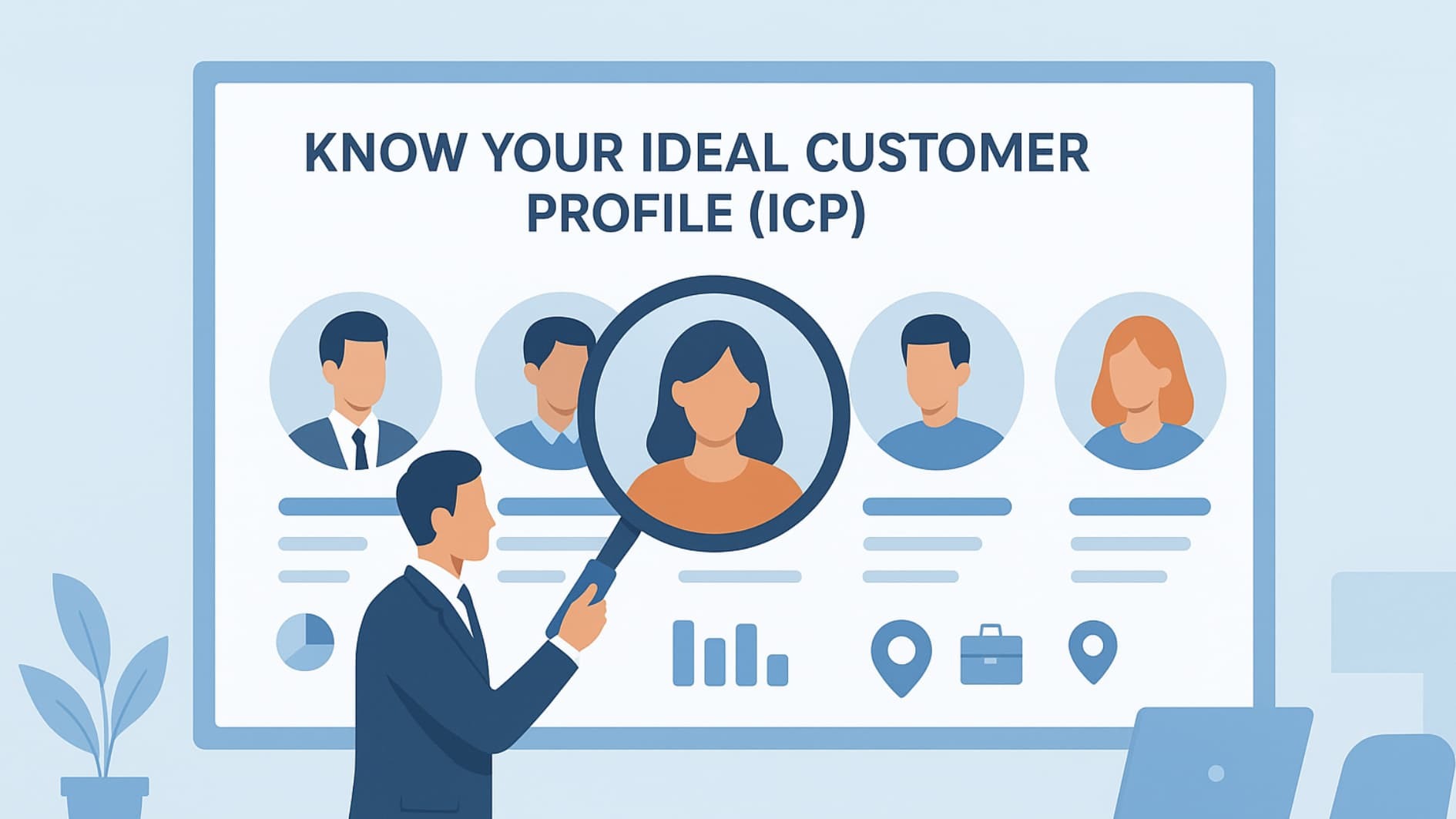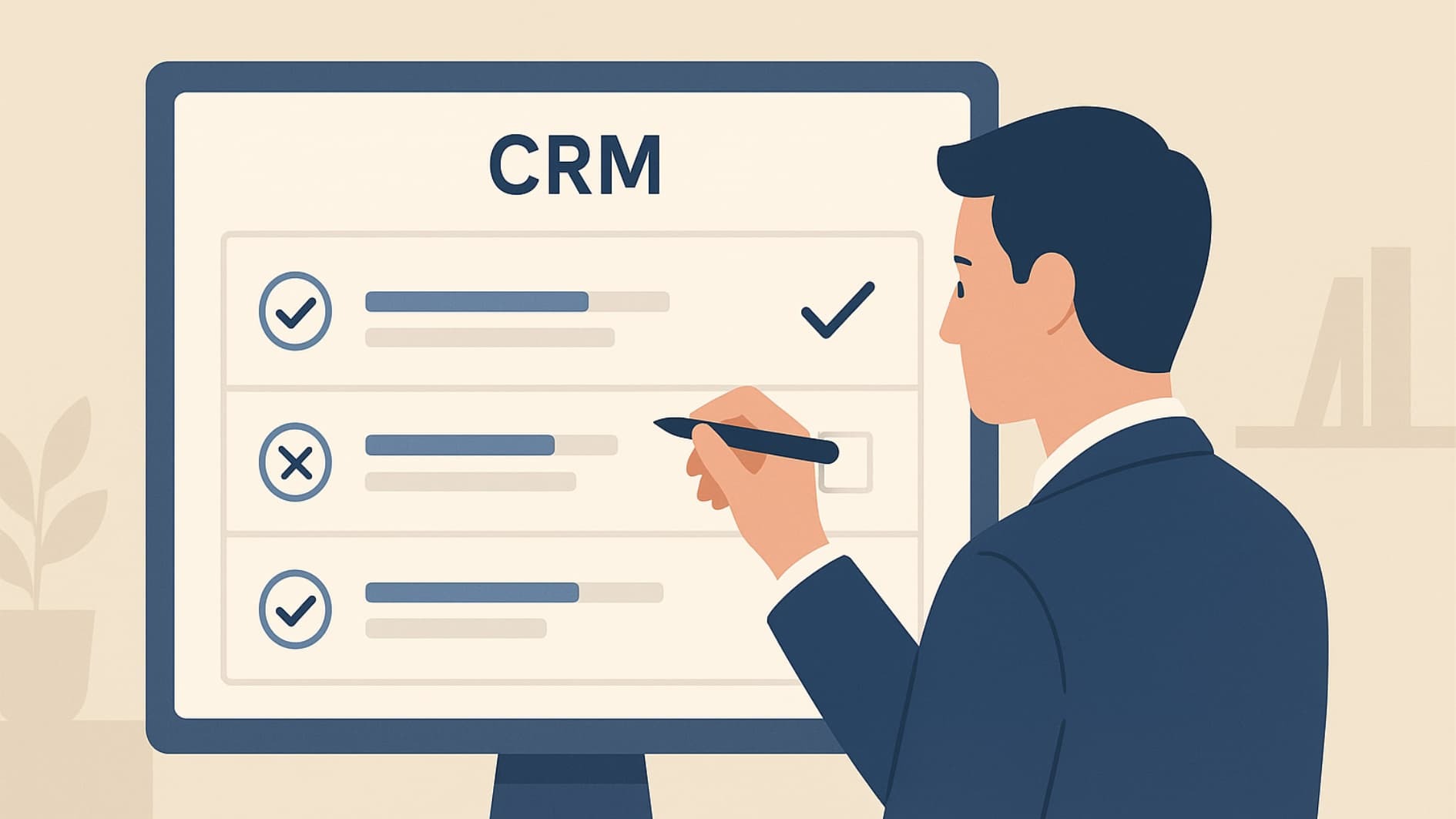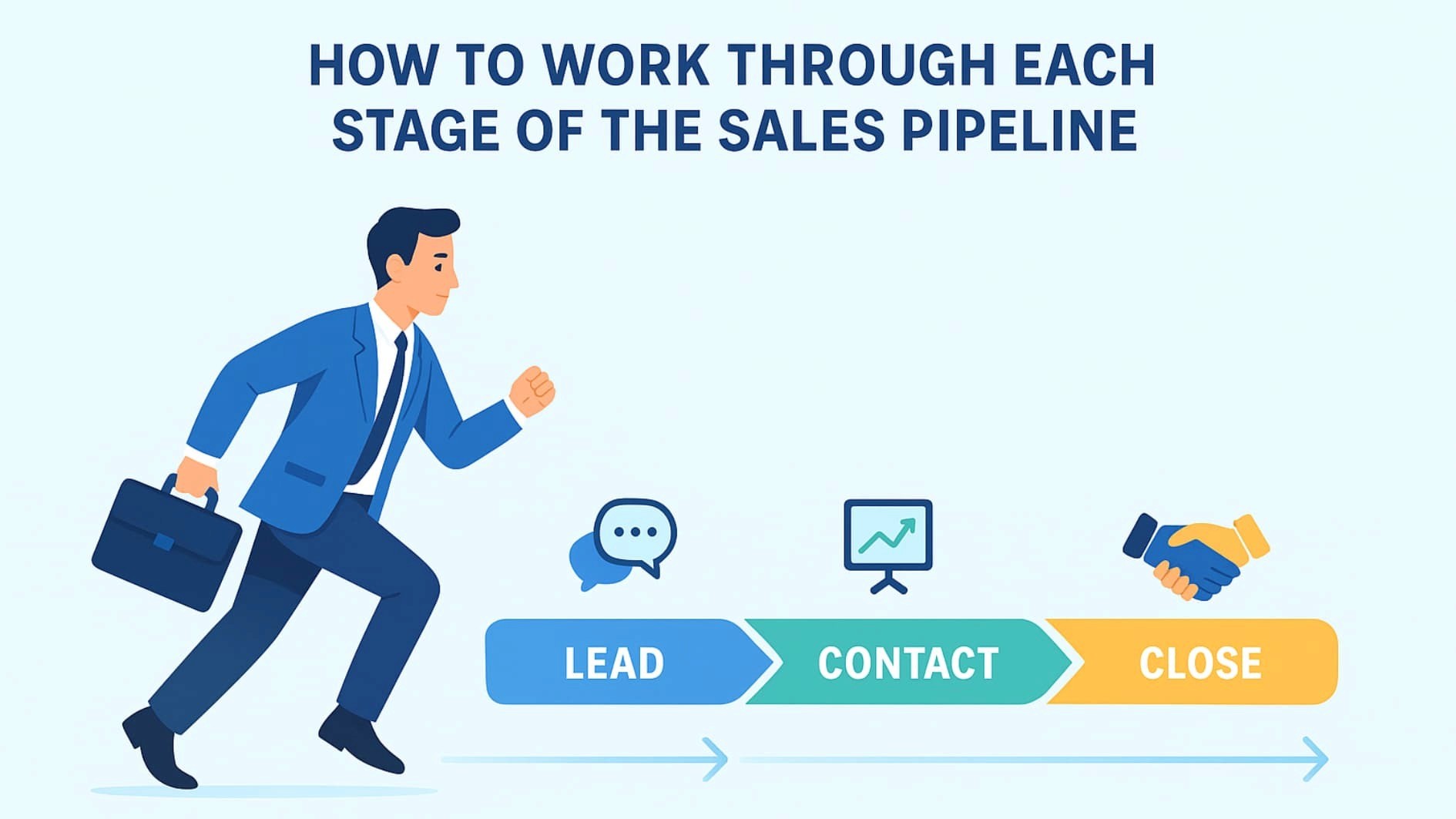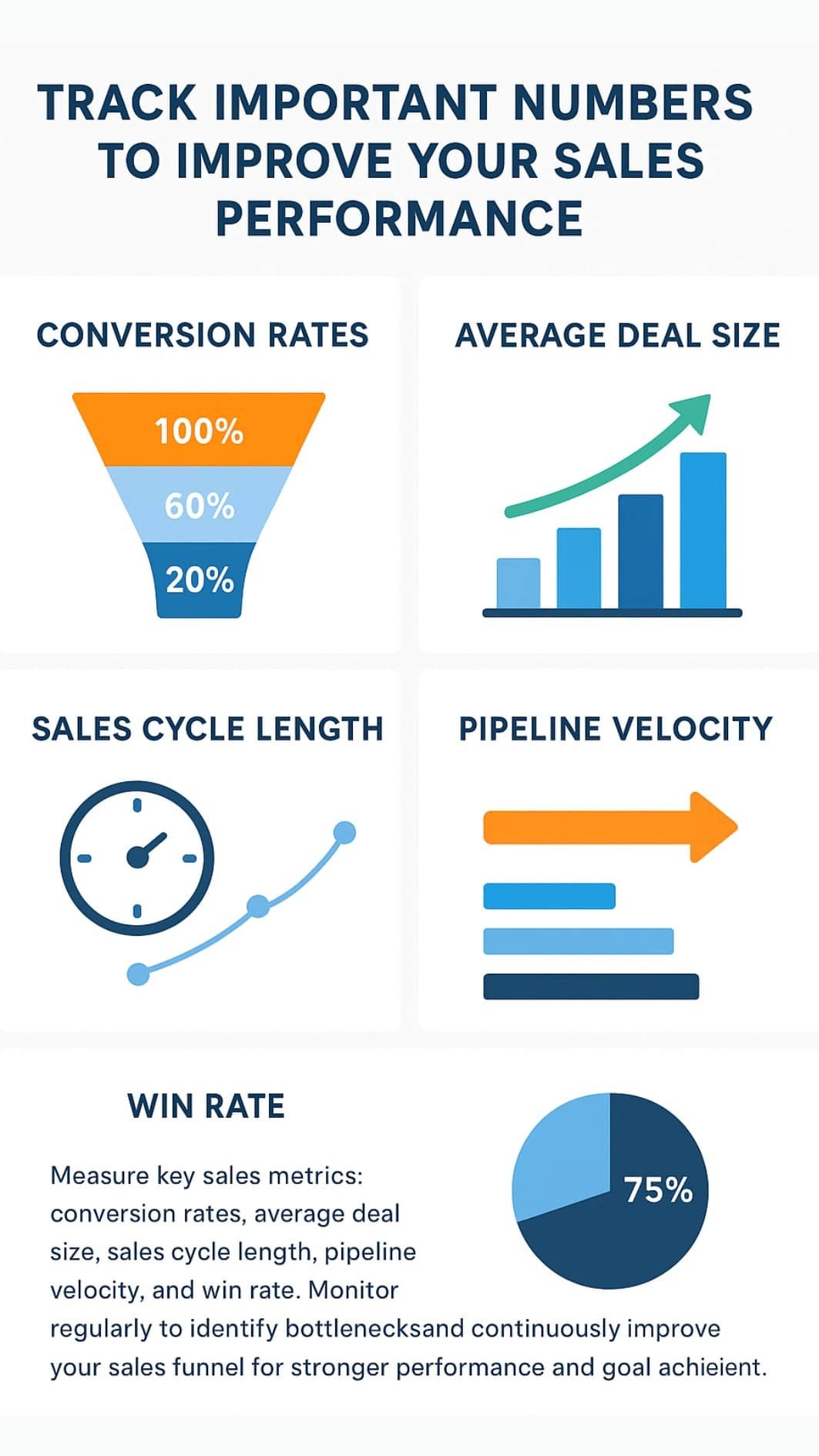Pipeline Generation Tactics
Building a successful B2B sales pipeline comes down to understanding your prospects and consistently leading them toward a purchase decision. At Hyperke, we've discovered that winning sales teams don't rely on luck, they follow proven steps to identify qualified leads and guide them through each stage of the buying journey.
When sales reps clearly understand their ideal customers and pipeline stages, they naturally focus on quality opportunities that close faster. Whether you're starting from scratch or improving an existing process, this guide walks you through creating a B2B sales pipeline that delivers predictable results. Keep reading to learn more.
Key Takeaways
Knowing exactly who your best customers are helps your sales team focus on quality leads and saves time chasing unqualified prospects.
Align your sales process stages with how customers actually buy to improve conversion rates and shorten your sales cycle.
Use lead qualification frameworks and scoring systems to prioritize ready buyers, and leverage CRM and automation tools to keep the pipeline organized and efficient.
Know Your Ideal Customer Profile (ICP)

One of the first key steps in building a strong B2B sales pipeline is to clearly know who your ideal customers are. This is called your ideal customer profile, or ICP. Without a clear ICP, your sales team wastes time chasing leads that don’t fit your product or service. That means wasted sales efforts, a long sales cycle, and lower win rates.
Your ICP is a detailed description of the companies or people who are most likely to buy your products or services. It includes things like:
Industry: What kind of business or market do they work in? For instance, healthcare, finance, or technology.
Company size: How many people work there or what is their annual revenue? This matters because company size often affects the buying process and budget.
Pain points: What specific problems or challenges do they have that your product or service can solve?
Technology they use: Knowing what software or tools your potential customers already use helps tailor your sales pitch.
Location: Sometimes, where a company is based affects your sales strategy and outreach.
Why Is ICP So Important?
Let me share a quick case study. One of our clients was struggling with a long sales cycle and low win rates. They were trying to sell to anyone who showed interest. Their sales reps wasted time on poor leads, and the sales funnel had many dead ends.
We helped them focus on mid-sized tech companies with specific pain points that matched their product. The sales team started cold calling and sending emails only to these companies. The quality of leads improved. They could build rapport faster because they understood the buyer better. Their win rate jumped, and the sales cycle shortened considerably.
How to Build Your ICP
Start by looking at your best customers. Ask yourself:
What industry are they in?
How big are they?
What problems were they trying to solve when they bought from you?
What tools or software do they use?
Collect these data points and write down the common traits. Use this information to guide your lead generation so your sales reps focus on quality leads that are more likely to convert.
Set Clear Stages in Your Sales Pipeline That Match the Buyer’s Journey
After you know your ideal customer, the next key step is to set up your sales pipeline with clear stages. These stages should match how your customers actually buy, not just what your sales reps do.
Many sales teams make the mistake of using pipeline stages that describe internal sales tasks rather than the buyer’s journey. Clearly defining the stages of the B2B sales process helps improve lead progression and overall pipeline health. This causes confusion, longer sales cycles, and poor forecasting.
Common Key Stages in a B2B Sales Pipeline
Here are the key stages most B2B sales pipelines follow:
Prospecting: This is where your sales reps find potential customers who fit your ICP. They use outbound sales efforts like cold calling, email marketing, and social media outreach.
Lead Qualification: At this stage, you check if the lead fits your ICP and if they are ready to buy. You ask questions to learn if they have the budget, authority, need, and timeline.
Needs Discovery: This is where sales reps ask detailed questions to understand the prospect’s specific pain points and goals.
Solution Presentation: You present your product or service as the solution to the prospect’s problems. The sales pitch is tailored to their needs.
Proposal & Negotiation: You send a proposal and discuss terms. You handle objections and work toward a deal that’s good for both sides.
Closing: The deal is finalized, contracts are signed, and customer onboarding begins.
Why Matching the Buyer’s Journey Matters
At Hyperke, we’ve seen sales teams improve conversion rates when they set clear rules for moving leads from one stage to the next. According to a 2025 report by First Page Sage, the average B2B conversion rate across various industries is approximately 2.9%, emphasizing the significance of well-defined pipeline stages in enhancing lead progression.[1]
For example, a lead should only move from Needs Discovery to Solution Presentation when they acknowledge the specific pain points you uncovered. Without these clear signs, sales reps might waste time pushing deals too early or hold on too long.
Qualify Your Leads Carefully to Focus on Quality Leads

Not every lead is ready or able to buy .Lead qualification is one of the most important parts of the sales process. It helps sales reps spend time on qualified leads who have a real chance to close. A 2025 study by Focus Digital found that sales call conversion rates range from 13% to 25%, depending on factors like industry, price point, and lead source, highlighting the critical need for effective lead qualification to ensure sales readiness.[2]
How to Qualify Leads
We use simple frameworks like BANT (Budget, Authority, Need, Timeline) and GPCTBA/C&I (Goals, Plans, Challenges, Timeline, Budget, Authority, Consequences, Implications).
Some key questions to ask during qualification:
Do you have a budget for this?
Who is the key decision maker?
What specific pain points are you trying to solve?
When do you plan to start?
Lead Scoring System
We also recommend using a lead scoring system to rate leads based on their answers and other data points like company size or past engagement. Sales reps prioritize the leads with the highest scores.
A case study from one of our clients showed their win rate improved by 30% after introducing lead qualification and lead scoring. Their sales cycle also got shorter because they spent time only on serious buyers.
How to Work Through Each Stage of the Sales Pipeline

Prospecting: Finding Potential Customers
Prospecting is the first big step where your sales team finds potential customers and makes initial contact.
Here are some effective tactics:
Cold calling: This is still one of the best outbound sales strategies. When sales reps cold call with a clear, tailored sales pitch that addresses specific pain points, they build rapport fast.
Email marketing: Sending personalized emails that speak directly to the prospect’s challenges.
Social media outreach: LinkedIn is a great place to find and connect with decision makers.
Content marketing: Sharing valuable content online attracts potential customers and warms them up.
Automation tools can help your sales reps with lead generation and follow-up emails. This saves time and lets them focus on what matters most, conversations.
Needs Discovery: Understand Their Pain Points
This stage is about asking good questions and listening carefully. Sales reps learn about the lead’s specific pain points and goals. Building trust here is key because people buy from people they trust and feel understand them.
Taking notes during calls or meetings helps your sales reps prepare a better sales pitch and solution presentation.
Solution Presentation: Show How You Solve Their Problems
Here, your sales reps tailor their sales pitch to show how your product or service solves the customer’s problems. It’s not a generic demo but a focused presentation based on what you learned.
Using case studies or success stories helps prove your solution works. Handling objections calmly makes prospects feel confident.
Proposal & Negotiation: Close the Deal Together
When you send a proposal, make it clear and focused on benefits and ROI. Listen closely to concerns. Negotiation is about finding a deal that works for both sides.
Closing: Finalize the Sale and Start Onboarding
Closing means asking for the sale and signing contracts. Simple techniques like summarizing agreed points or directly asking for the sale work well.
Once closed, your customer success team should start onboarding the new customer to make sure they get value quickly.
Use Technology to Manage Your Sales Pipeline Better
Tools make managing your B2B sales pipeline easier. CRM systems keep track of all the data points on leads and deals, so your sales reps and sales leaders know exactly where everything stands.
Sales intelligence tools provide extra info about potential clients like company size and key decision makers. Automation tools help with email marketing, lead nurturing, and follow-ups.
At Hyperke, we use automation tools to make cold calling and email outreach more efficient. But remember, tools only work well when your sales process is clear and well followed. Discover our lead generation solutions for local agencies.
Track Important Numbers to Improve Your Sales Performance

You can’t improve what you don’t measure. Keep an eye on these key metrics:
Conversion rates: What percent of leads move from one stage to the next?
Average deal size: Helps forecast revenue.
Sales cycle length: How long it takes to close deals.
Pipeline velocity: How fast deals move through your pipeline.
Win rate: What percent of deals close successfully?
We check these numbers regularly. If leads get stuck at one stage, we find out why and fix it. Continuous improvement helps keep your sales pipeline strong and ensures your sales goals stay on track.
Support Your Sales Team to Boost Results
Your sales reps need training, tools, and support to succeed. Give them access to scripts, templates, and playbooks with best practices. Coaching helps improve skills like cold calling, lead nurturing, and closing.
Sharing success stories and case studies helps sales reps learn what works. When your sales team feels prepared and confident, your sales performance improves. Learn how Hyperke can help scale your wholesale operations.
Quick Summary: Key Steps to Build a Sales Pipeline That Converts
Step | Why It Matters |
Know your ICP | Focus on quality leads |
Set pipeline stages | Match how buyers decide |
Qualify leads well | Save time and close more deals |
Use smart prospecting | Find and reach the right people |
Discover needs | Build trust and tailor your sales pitch |
Present solutions | Show value and handle objections |
Make proposals | Negotiate fair deals |
Use tech tools | Track pipeline and save time |
Track key numbers | Spot problems and improve results |
Train your sales team | Build skills and confidence |
FAQ
What are the key steps to build a strong B2B sales pipeline?
First, we need to know who we want to sell to by creating an ideal customer profile. This means looking at company size and what problems they need to fix. Our sales team then finds and checks if leads are worth pursuing.
Sales reps use numbers and facts to track each step - from first hello to closing the deal. Better tracking means more sales. Getting the word out through social media and old-school business cards still helps grow our customer base.
How do sales teams improve lead quality and win rate?
Better leads mean better sales. We teach our sales reps to use a simple scoring system to find the best potential clients. They make friends with buyers early on by asking about what they need. We mix phone calls and emails to keep buyers interested. Sharing helpful tips and advice during the sales process keeps conversations going.
What are the best practices for sales and marketing teams to align their efforts?
Sales and marketing need to work as one team with the same goals. Marketing brings in possible buyers through online content and ads. We use computer programs to keep track of leads and follow up at the right time. When everyone works together, sales happen faster. Our customer success team tracks what works and what doesn't.
How can sales leaders help their teams close more deals?
Good sales leaders show their team the ropes, from first meeting to final handshake. They look at past wins and customer feedback to make better sales pitches. Leaders help with cold calling practice, teach better ways to sell, and build stronger customer relationships. When marketing passes good leads to sales, more deals close. We keep improving by listening to what customers tell us.
Conclusion
Building B2B pipelines needs focus, not complexity. Start by knowing your ideal customer so your sales team spends time on quality leads. At Hyperke, our proven approach starts with ideal customer profiles. We guide prospects through clear stages, while sales reps combine cold calls with targeted emails and lead nurturing helps improve sales performance and win rates. Support your reps, monitor metrics, and watch deals roll in naturally.
Ready to build your B2B pipeline? Talk to Hyperke and start turning quality leads into real results.
References
https://firstpagesage.com/reports/b2b-conversion-rates-by-industry-fc/
https://focus-digital.co/average-sales-call-conversion-rate-by-industry/
